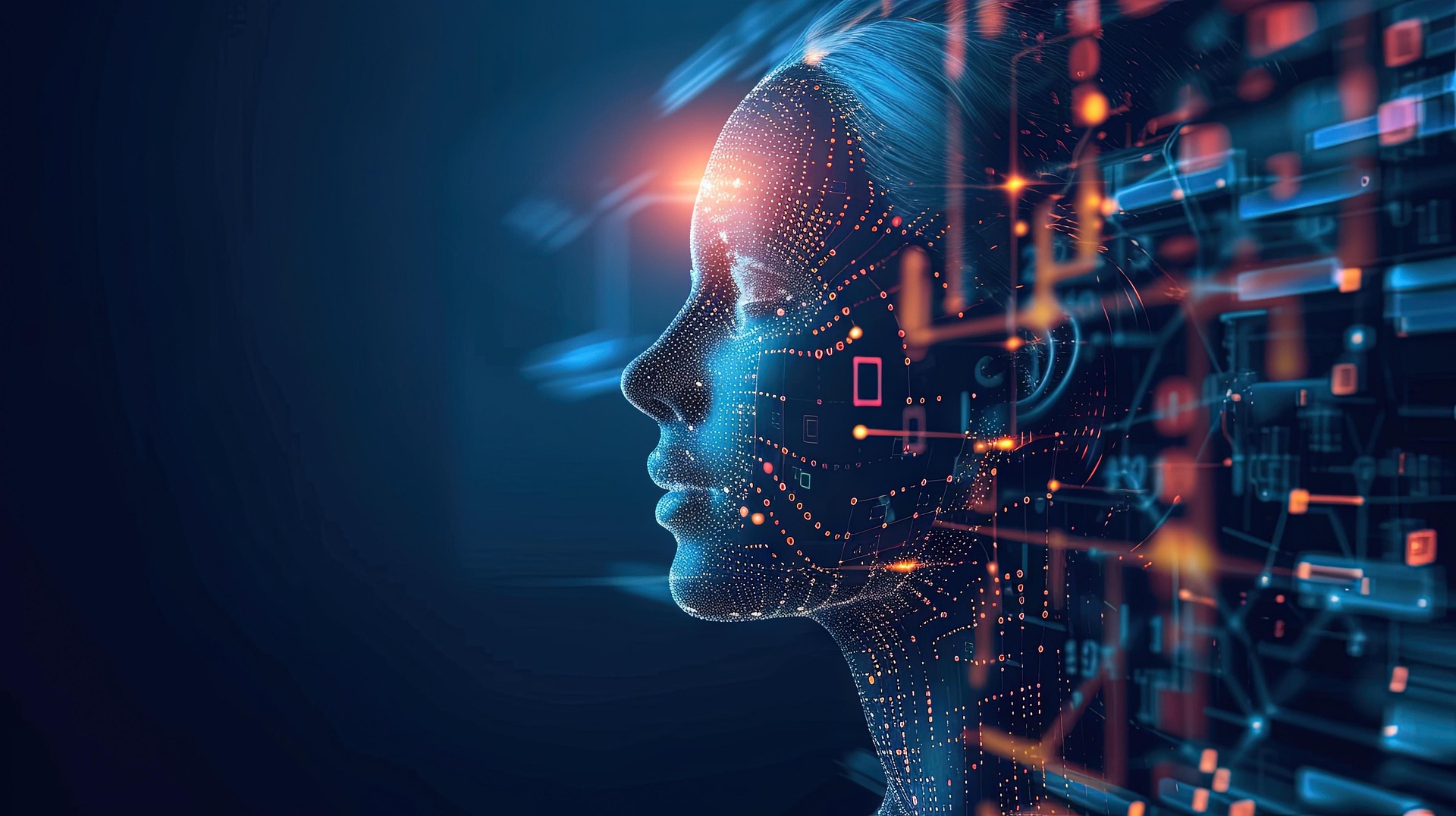
We’re diving into the fascinating world of AI: breaking down what it is, tracing its groundbreaking history, and spotlighting the key milestones that have shaped its evolution.
At Afterword, we’re fascinated by all the ways AI can streamline your administrative tasks. While AI is incredibly powerful, the sci-fi scenarios you’ve heard about don’t exist—and they never will replace the human touch you bring to every family. In fact, you’re already using AI every day—autocorrect on your phone, personalized recommendations while shopping on Amazon, movie suggestions on Netflix. We truly believe AI can’t replace the important work Funeral Directors do, but it can be the best personal assistant you’ve ever had.
At its simplest, AI is all about teaching machines to think in ways that mimic human intelligence. It’s not magic; it’s a blend of algorithms, data, and computing power that lets machines learn from experience, solve problems, and even recognize patterns in everything from images to spoken words. Just as we continually evolve in our understanding of our own craft, AI evolves too—constantly learning, adapting, and occasionally surprising us with its capabilities.
Artificial intelligence refers to systems or machines that perform tasks that typically require human intelligence. These tasks can range from understanding natural language and recognizing images to making decisions and learning from past experiences.
These systems are designed to perform a specific task—think of your voice assistant or a recommendation engine on your favorite streaming service.
This is the theoretical form of AI where a machine would possess the full range of human cognitive abilities. This isn’t something that is available today but something that the AI world is working towards. Here are some of the most iconic portrayals and concepts that capture the essence of what General AI might look like in the future:
AI systems are built on several key ingredients:
Practical Examples: There are endless exciting examples of how AI can streamline the funeral profession. From AI obituary writers that take vitals, service details, and a few personal anecdotes to draft a warm, human-sounding obituary in seconds, to snapping a photo of your arrangement worksheet and having Afterword instantly spin up the case. This is just the tip of the iceberg: we’re building features like one-click legacy-family lookups and instant ID verification—all so you spend less time on paperwork and more time with families.
The story of AI began in the mid-20th century, when pioneers like Alan Turing started asking, “Can machines think?” In 1956, the Dartmouth Conference brought together some of the brightest minds to officially kick off AI research. This event is often marked as the birth of AI as an academic discipline.
The early days were a mix of brilliant insights and, let’s be honest, a few overly ambitious expectations. Early AI programs, such as the ELIZA chatbot, attempted to mimic human conversation with mixed results, but they planted the seeds for the interactive technologies we use today.
As computers became more powerful, researchers began developing algorithms that could learn from data. Neural networks—loosely inspired by the human brain—started gaining traction, laying the groundwork for today’s deep learning revolution.
Remember when a computer beat a human chess champion? That was IBM’s Deep Blue in 1997. Fast forward to Google DeepMind’s AlphaGo defeating a world champion in the complex game of Go—a milestone that captured global attention and showcased AI’s potential. Today, AI is everywhere: from voice assistants that help manage our day-to-day tasks to advanced systems that assist professionals in making sense of mountains of data.
Much like our journey at Afterword—where we integrate AI to ease double work and streamline processes—these breakthroughs highlight how technology can transform any field, even one as personal as the funeral profession. AI isn’t here to replace the human touch; rather, it’s a tool that enhances our capabilities, allowing us to focus on what truly matters: serving our communities with empathy and precision.
The journey of AI is still unfolding. Every milestone not only reflects past breakthroughs but also points toward an exciting future filled with potential innovations. Whether you’re a seasoned tech enthusiast or just starting to explore the digital landscape, understanding these fundamentals offers a glimpse into how technology continues to reshape our world—one breakthrough at a time.
So, what do you think? Ready to explore more about how AI might revolutionize the way you work and serve your community? Stay tuned for more deep dives into the tech that’s transforming our industry, and as always, our inbox is open for your thoughts and questions.